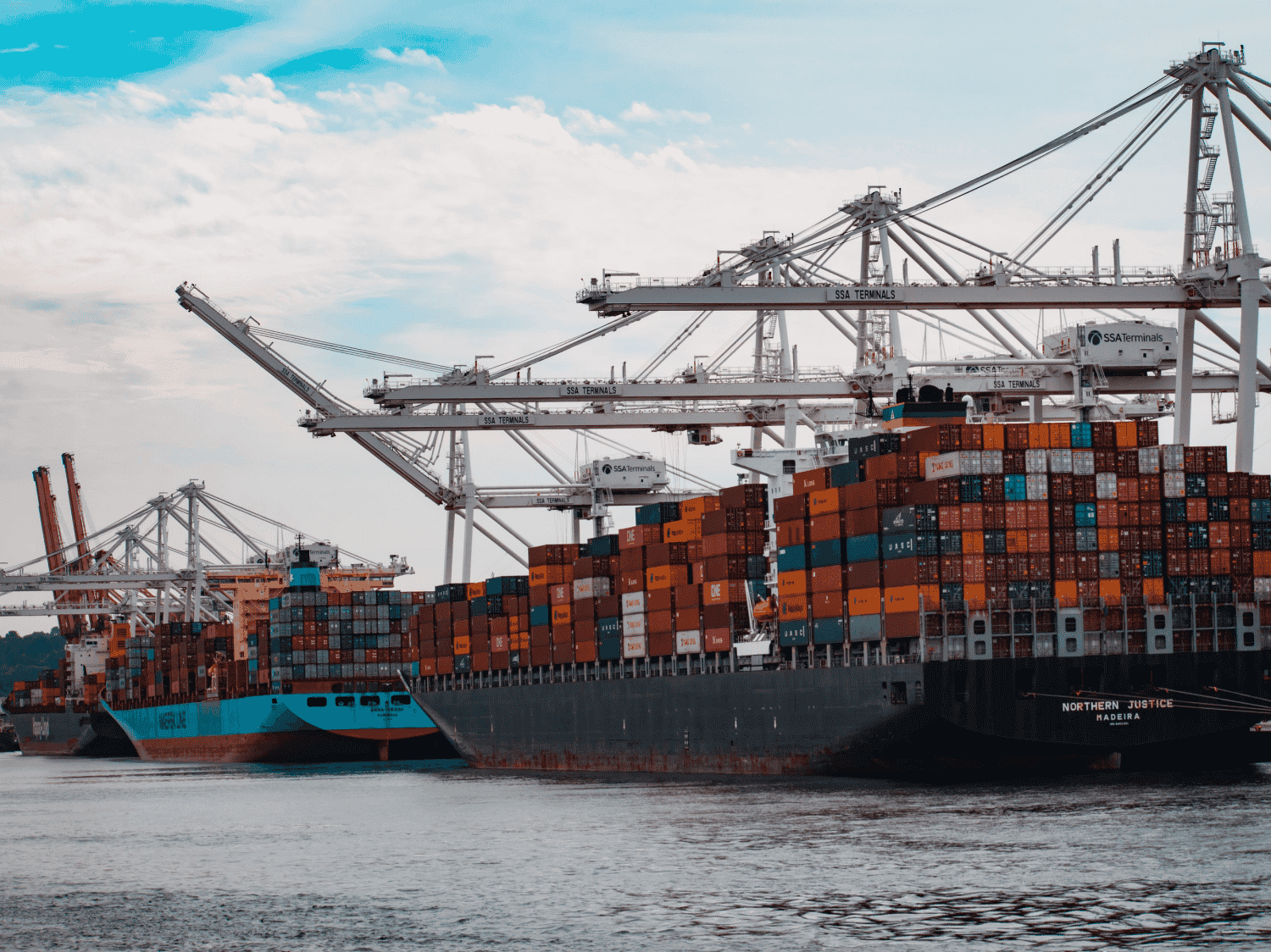What Is Considered Offshoring?
Many entrepreneurs and product-focused companies decide to have their products manufactured offshore, meaning outside of the U.S. Offshore manufacturing has multiple benefits, although there can be drawbacks as well.
Offshore production, as defined by Market Business News, is “the manufacturing of a product in another country for import to the market home. It involves relocating the production process abroad.” The publication makes an important note: “offshore” doesn’t necessarily mean the factory is overseas. In fact, many “offshore” factories operate in Mexico, for example, with no “seas” or “shores” involved.
Why Do Companies Seek Offshore Manufacturing?
Innovators choose manufacturing or assembly in another country typically because of lower wages, cheaper cost of materials, and/or less strict labor regulations. Cost to manufacture goods is always a major factor in profitability. If a product can be made for less, you have a better opportunity to get the margins you need to turn a profit.
U.S.News & World Report partnered with BAV Group and the Wharton School of the University of Pennsylvania to survey more than 20,000 people from four regions to associate 73 countries with specific characteristics. In the Best Countries Rankings, a subcategory termed “Open for Business” considered scores from five country attributes that relate to how open for business a country is. The attributes included bureaucracy, cheap manufacturing costs, corruption, a favorable tax environment, and transparent government practices.
When it comes to cheap manufacturing costs, the following countries made the top 10 list:
- 10. Myanmar
- 9. Sri Lanka
- 8. Pakistan
- 7. Malaysia
- 6. The Philippines
- 5. Indonesia
- 4. Thailand
- 3. Vietnam
- 2. India
- 1. China
The U.S. ranks 77th in this survey. Why? Back in 2011, Industry Week discussed a MAPI and NAM Manufacturing Institute report that analyzed production costs in the United States relative to its top trading partners. While this report is now dated, the reasons cited as being deterrents for domestic manufacturing still hold true to a large extent.
“We found that structural costs – corporate tax rates, employee benefits, tort litigation, regulatory compliance and energy – are continuing to slowly eat away at the ability of U.S. manufacturers to compete effectively in the global marketplace. While manufacturers face a host of challenges, the data demonstrate that domestically imposed costs – by commission or omission of government – further undermine our ability to compete by adding at least 20% to the cost of making stuff in this country.”
It went on to say that the average federal-state statutory rate of 40% has not changed, even while other countries reduce their tax rates. The only other country with a higher corporate tax rate at the time was Japan.
Fortunately, the federal statutory corporate tax rate in the U.S. has decreased since then, thanks to the 2017 Tax Cuts and Jobs Act (TCJA). The U.S. now has a 21% tax rate, more in line with many other countries. While China has a 25% tax rate, it could be reduced to 15% for qualified enterprises. It will be interesting to see what happens when the TCJA expires at the end of 2025.
Advantages of Offshore Manufacturing
The primary benefit of offshore manufacturing is the reduction of operating expenses. Many offshore countries have lower labor costs than the U.S, but that doesn’t mean overall costs are less than somewhere closer to the U.S., such as Mexico. Without having to pay for overseas freight, you can often find comparable prices in nearby countries.
Offshore manufacturers may also have access to less expensive raw materials because many raw materials come from overseas. This can reduce costs, as well as speed time to delivery. Keep in mind that parts required for certain products, such as those used in technology, often come from overseas suppliers. By partnering with an offshore manufacturer near those suppliers, you do not have to wait to receive those parts or pay for expensive transport costs.
Related: 5 Questions to Ask When Vetting a Manufacturing Partner
Another factor to consider is the availability of a specialized and skilled workforce. Many countries have impressive depth and breadth of talent, including designers and engineers, as well as unique machinery designed for certain products. Unlike the U.S., the average salaries for these skilled workers are affordable, even for the most sophisticated manufacturing needs. You can save money, even while receiving high-quality products.
Disadvantages of Offshore Manufacturing
Even with the benefits of lower costs and high-quality products, offshore manufacturing isn’t without risk. Often, the biggest issue comes with sourcing the right offshore manufacturing partner. With sites like Alibaba, you have access to a wide variety of manufacturing options; however, that doesn’t mean all of those listed are ones you would want or should partner with.
For instance, how do you vet an overseas manufacturer, particularly if you have never worked with them before? You need to know that they can efficiently and effectively produce your product, but you also need to negotiate fair pricing and attractive terms. Besides required parts and skills, pricing is typically dependent upon volume and repeat orders. Unless you are experienced with these negotiations and understand all of the qualities to look for in a manufacturing partner, you risk losing money and ending up with subpar products.
Offshore manufacturing can also bring up language and cultural barriers that make developing trusting relationships and establishing a good flow of communication difficult. Each country has its own cultural and social norms, and unless you understand these customs, you can miss important elements or even offend the manufacturer.
Quality control can also be more challenging with overseas manufacturing. It is one thing to source a reputable manufacturer; it’s an entirely different beast to ensure quality consistently meets your standards. Depending on the manufacturer’s proximity, you may not be able to visit the factory as often as you should to keep an eye on the quality and speed of production.
Don’t Go at It Alone
Developing any product can be overwhelming. There are a thousand ways to mess up, and plenty of innovators do. It’s why the vast majority of new product ideas fail. The good news is you don’t have to do it by yourself. Product development companies, like Gembah, bring you the people, technology, and expert advice you need throughout every stage of product development. From research to logistics, you have one source for the many facets involved in bringing a product to market.
Looking at some of the disadvantages mentioned above, it’s easy to see why partnering with the right company can help you avoid those issues altogether. Product research, for example, should be the first thing you do before you even consider offshore manufacturing as costs can quickly escalate without the right research.
Most innovators lack the right technology and analysis tools to properly research products. A product development company should have sophisticated analytics and best practices on how to research products before you move on to the design phase.
Related: Research and Product Development: How to Research and Vet a Product Opportunity
With the right, in-depth research on the front end, you can save yourself significant costs, time, and mistakes. Having the right product and market data in hand will put you on the right track for everything else, giving you peace of mind you are investing in the right product and bringing it to the right market at the right price so you can make a profit.
The creative side is just as important. Work with a company that has a network of skilled designers and engineers they can put on your team who are experienced designing products like yours. If you use general designers, you will spend more time editing and revisions and can end up spending more on manufacturing than you needed to.
From there, the company should be able to recommend pre-vetted onshore, nearshore, or offshore manufacturers for you to consider. This sourcing component is incredibly helpful, especially if this is your first time innovating or if you are looking to optimize your supply chain.
Gembah offers onsite representatives as part of its service offering. Instead of trying to manage the relationship and quality control remotely, you will have an assigned local agent who visits the factory on your behalf. They will maintain the relationship, inspect samples, take photos, and ensure production meets your standards. All of the information they collect is transparent to you, with frequent updates from and conversations with your representative.
Finally, the product development company should be able to assist you with logistics. If you choose to go with offshore manufacturing, there are multiple factors that determine how easily, quickly, and affordably you can get your product shipped to you. The company will have extensive logistics experience to help you navigate the most efficient and cost-effective way to transport your products and get them into the hands of the consumer.



